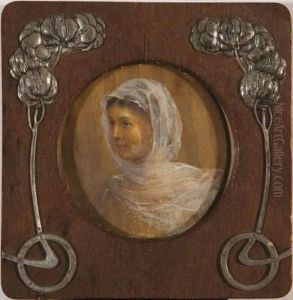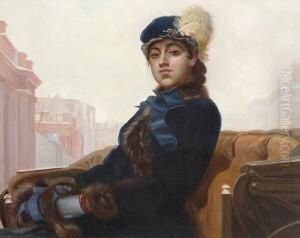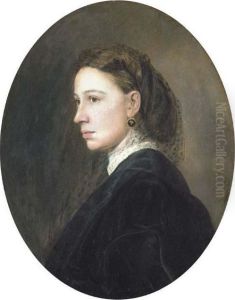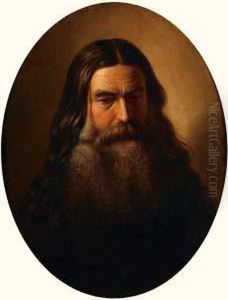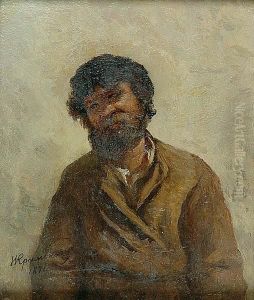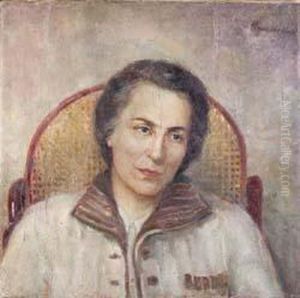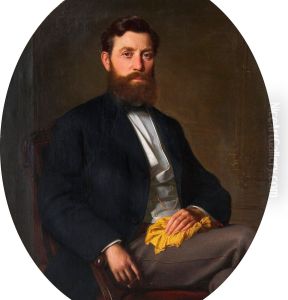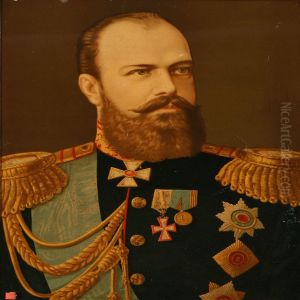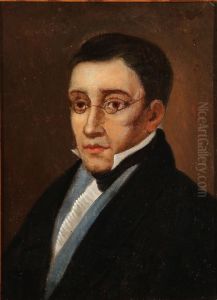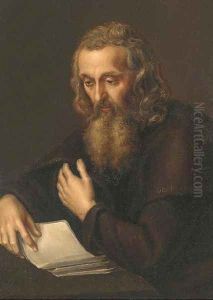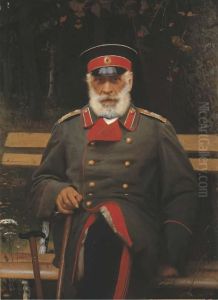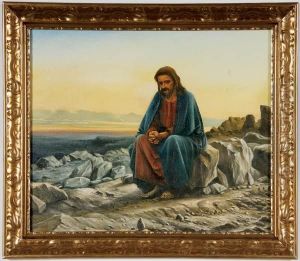Ivan Nikolaevich Kramskoi Paintings
Ivan Nikolaevich Kramskoi was a pivotal figure in Russian art history, born on June 8, 1837, in Ostrogozhsk, Russian Empire. He emerged as an intellectual leader among his peers at the Imperial Academy of Arts in Saint Petersburg, advocating for artistic freedom and social responsibility. Kramskoi's defiance against the academic restrictions led to the historic 'Revolt of the Fourteen' in 1863, where he and thirteen other students left the academy to form the Artel of Artists, an independent cooperative that eventually evolved into the Society for Traveling Art Exhibitions (Peredvizhniki). This group sought to break the monopoly of academic art, promote realism, and bring art closer to the people by organizing traveling exhibitions.
Kramskoi's oeuvre includes portraits, historical, and social themes. He is renowned for his profound psychological depth in portraiture, exemplified in his famous works such as the portraits of Leo Tolstoy, Fyodor Dostoevsky, and the enigmatic 'Unknown Woman' (1883). His historical paintings, such as 'Christ in the Desert' (1872), reflect his intellectual engagement with ethical and spiritual dilemmas, showcasing his mastery in depicting human emotion and introspection.
Throughout his career, Kramskoi remained deeply engaged with the intellectual and artistic debates of his time, contributing articles to contemporary journals and participating in the ideological discussions that shaped the cultural landscape of Russia in the second half of the 19th century. His commitment to art's moral and social role was a guiding principle, influencing not only his contemporaries but also future generations of Russian artists.
Kramskoi's legacy is marked by his role as a mentor and leader among the Peredvizhniki, his critical stance towards the Tsarist autocracy and the Orthodox Church, and his relentless pursuit of artistic authenticity. He died on April 6, 1887, in Saint Petersburg, leaving behind a body of work that continues to be celebrated for its profound humanism and visionary approach to art.
